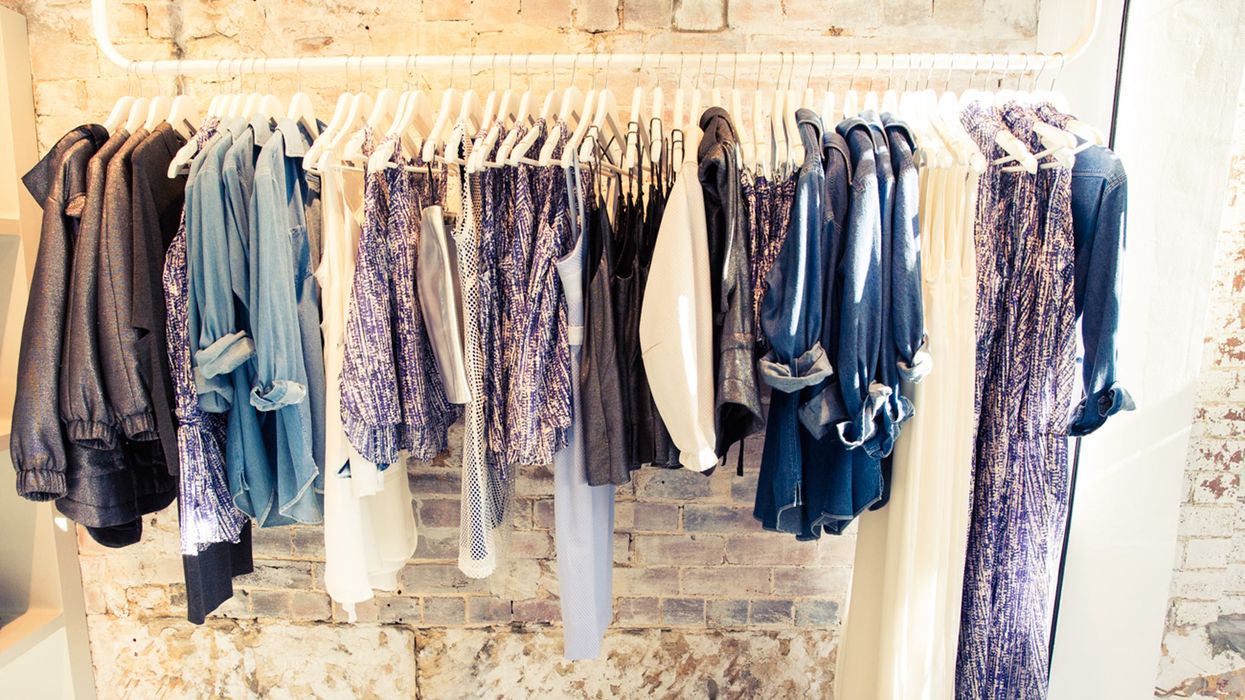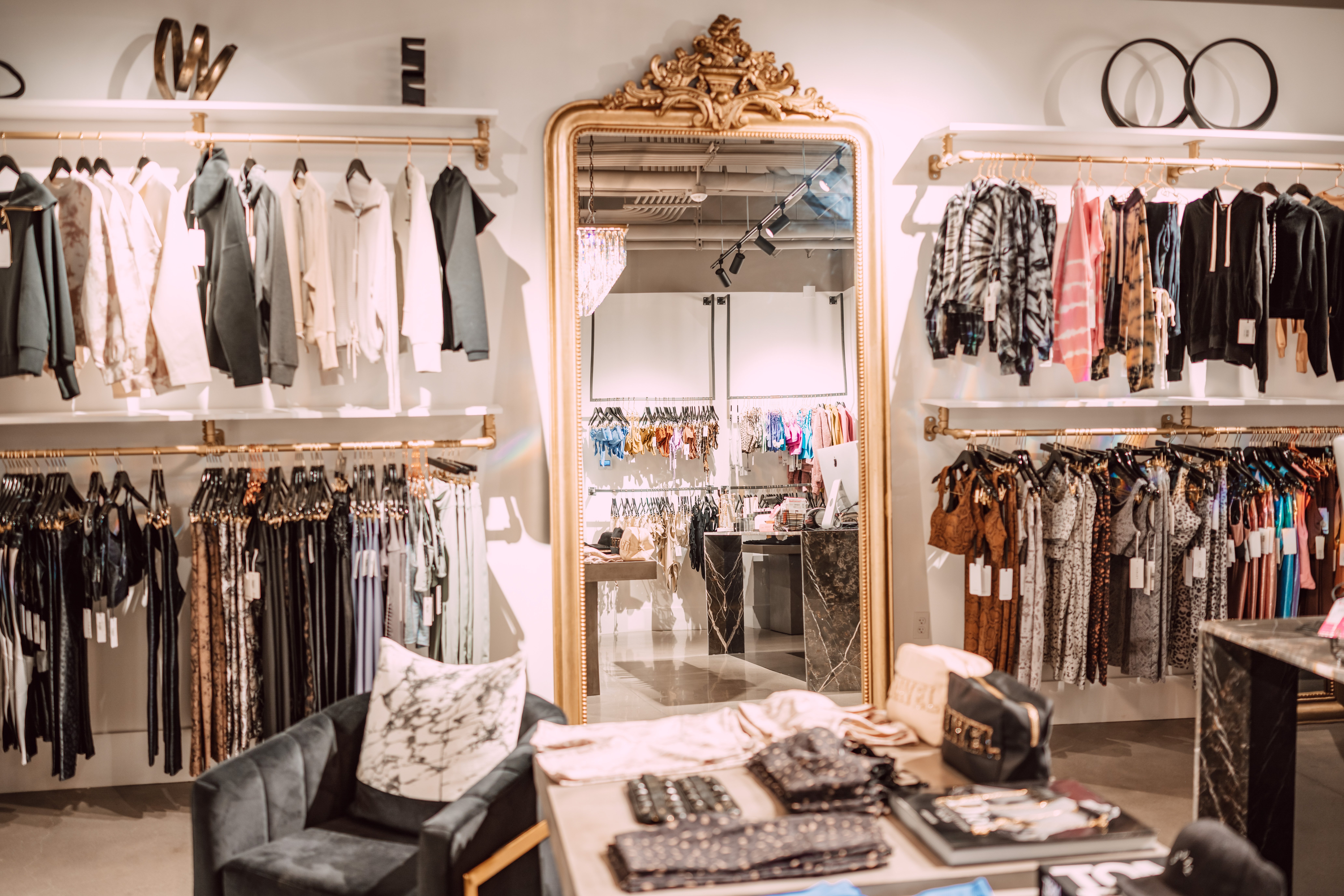A Novice's Guide to Browsing the Boutique Fashion Scene
A Novice's Guide to Browsing the Boutique Fashion Scene
Blog Article
A Deep Dive Into the World of High-Fashion Runways: Comprehending Apparel as Art
High-fashion runways have actually arised as sectors where clothes transcends its utilitarian origins, evolving into a sophisticated kind of artistic expression. Designers, similar to masterful musicians, weave elaborate stories with material, kind, and color, challenging standard norms and redefining elegance criteria. These shows are greater than simple display screens; they are immersive experiences, where every stitch and joint narrates abundant with cultural importance and avant-garde development. As we explore these sartorial spectacles, we must contemplate: what duty does style play in shaping societal values, and exactly how does it show the ever-changing tapestry of human feeling and identity?
The Evolution of Runway Shows
The trajectory of path programs has actually transformed significantly over the years, evolving from exclusive market occasions to exciting eyeglasses that mix fashion with art. Commonly, runway programs were intimate events, held in ateliers or little venues, largely participated in by buyers and industry experts. These early discussions concentrated on the garments' craftsmanship and commercial feasibility, providing a direct and functional display of seasonal collections.
As the style sector broadened, the nature of path shows began to transform. The 1970s and 1980s noted a transforming factor, with designers looking for to identify themselves via more theatrical discussions.
Over the last few years, innovation and social media have better reinvented path shows, making them obtainable to a worldwide target market. Livestreaming and electronic platforms have actually democratized fashion, permitting enthusiasts worldwide to witness these occasions in real-time (boutique fashion). This evolution reflects a more comprehensive social change, where high-fashion runways function as a vibrant intersection of style, development, and performance
Designers as Dreamer Artists
How have designers transcended their functions to come to be visionary artists? Designers in the high-fashion sector have blurred the lines between useful garment development and the theoretical realm of art. This change appears in the way they approach their collections, not just as garments however as profound expressions of society, identity, and feeling. By welcoming artistic disciplines such as sculpture, painting, and avant-garde installments, developers craft garments that challenge typical fashion norms and elevate them to art kinds.
Visionary designers draw motivation from a myriad of resources, including abstract art, historic references, and personal stories. They have a special ability to imagine and materialize concepts that press the limits of traditional style, typically redefining aesthetic paradigms at the same time. This innovative resourcefulness is showcased through significant silhouettes, cutting-edge products, and complex workmanship, which welcome visitors to experience fashion as greater than simply wearable things.
In addition, the runway acts as a canvas for these artists, where lights, songs, and set style coalesce to produce immersive experiences. These presentations are not merely screens of clothing but are orchestrated efficiencies that stimulate emotion and prompt thought, verifying the developer's duty as a true musician in the contemporary cultural landscape.
Cultural Influences in Style
Cultural tapestry weaves its intricate patterns why not look here into the textile of style, influencing developers around the world. The vibrant interchange of cultural tales, practices, and symbols notifies and inspires collections that grace high-fashion runways. Designers thoroughly draw from their heritage or involve with cultures distinct from their very own, crafting garments that function as visual narratives. This cultural discussion not just enhances the visual diversity but likewise cultivates a much deeper understanding and admiration of global identifications.
The influence of culture on fashion is often seen in the reinterpretation of conventional garments and patterns. As an example, making use of Japanese robes, Indian saris, or African prints in contemporary style reflects a mix of social authenticity and modern visual appeals. Designers such as Valentino's Pierpaolo Piccioli and Alexander McQueen's Sarah Burton have been known to incorporate abundant cultural themes right into their couture collections, equating history into wearable art.

Innovation in Textile and Layout
Development in material and style regularly improves the landscape of high-fashion, pushing borders and redefining possibilities. In recent years, technological advancements have actually significantly added to this evolution, presenting products that test traditional understandings. Textiles ingrained important source with clever fibers, qualified of changing shade or regulating temperature level, are no more restricted to the world of sci-fi. Developers are progressively checking out the integration of technology, such as 3D printing, which permits the development of complex structures that were previously unbelievable.
Moreover, sustainability has come to be a pivotal theme in fabric advancement. The apparel industry is experiencing a rise in using environment-friendly products, originated from recycled plastics, natural fibers, and even biodegradable components. These advancements not just offer new structures and aesthetics yet also address vital environmental concerns. Developers are embracing these products to craft garments that are both aesthetically striking and mindful of their environmental footprint.
In regards to style, avant-garde silhouettes and speculative kinds are continuously reinventing the runway. By integrating unconventional materials and sophisticated methods, designers grow garments that blur the line between fashion and art, setting brand-new standards for imagination and expression in the high-fashion sphere.
Effect of Style on Culture
Fashion wields an extensive impact on culture, serving as both a representation of social identification and a stimulant for social change (boutique fashion). With its development, fashion has actually mirrored societal shifts, encapsulating the zeitgeist of different eras.
Furthermore, fashion has the power to bridge cultural gaps, fostering understanding and recognition among varied teams. As globalisation accelerates, the cross-cultural exchange of fashion concepts ends up being progressively considerable, promoting inclusivity and diversity. The rise of streetwear, stemming from urban subcultures, illustrates see this just how fashion can go beyond socio-economic borders, giving people a means of self-expression and empowerment.
In significance, fashion is not just concerning aesthetic appeals; it is a vibrant force that affects worths, attitudes, and societal progress (boutique fashion). By continually interacting with social and social currents, fashion stays an integral component of the cumulative human experience

Final Thought
High-fashion paths act as dynamic sectors where apparel goes beyond capability to come to be an expressive art form. Developers, similar to visionary artists, manage collections that mirror identity, emotion, and social stories, challenging traditional appearances. The combination of ingenious material and design, coupled with intricate collection designs, lighting, and music, creates immersive experiences that celebrate multiculturalism. This junction of fashion and creativity not only mesmerizes audiences worldwide however likewise influences societal assumptions and promotes a deeper recognition for social diversity.

Cultural tapestry weaves its complex patterns into the textile of style, influencing designers internationally.Style possesses a profound impact on society, serving as both a reflection of social identity and a driver for social adjustment.
Report this page